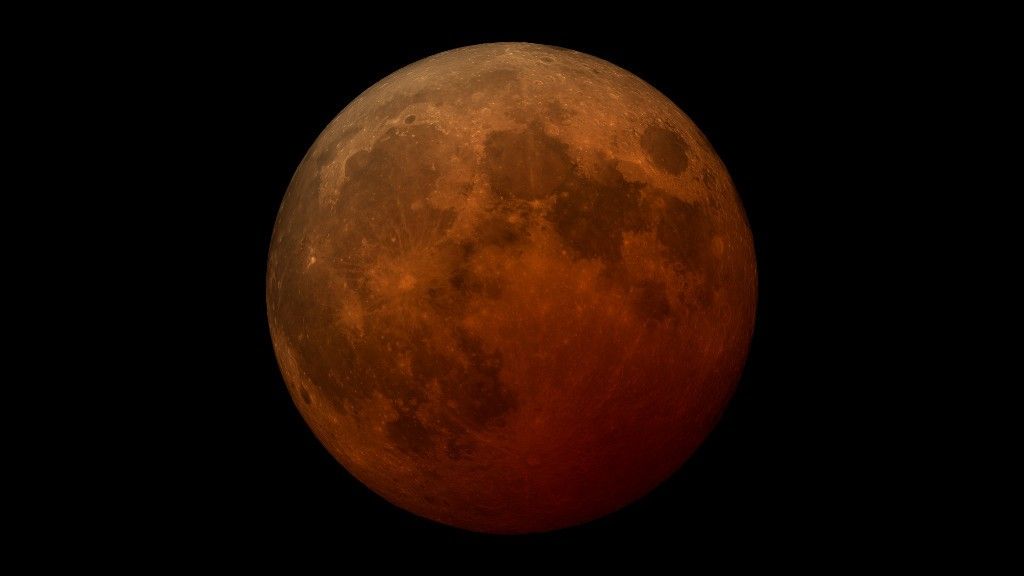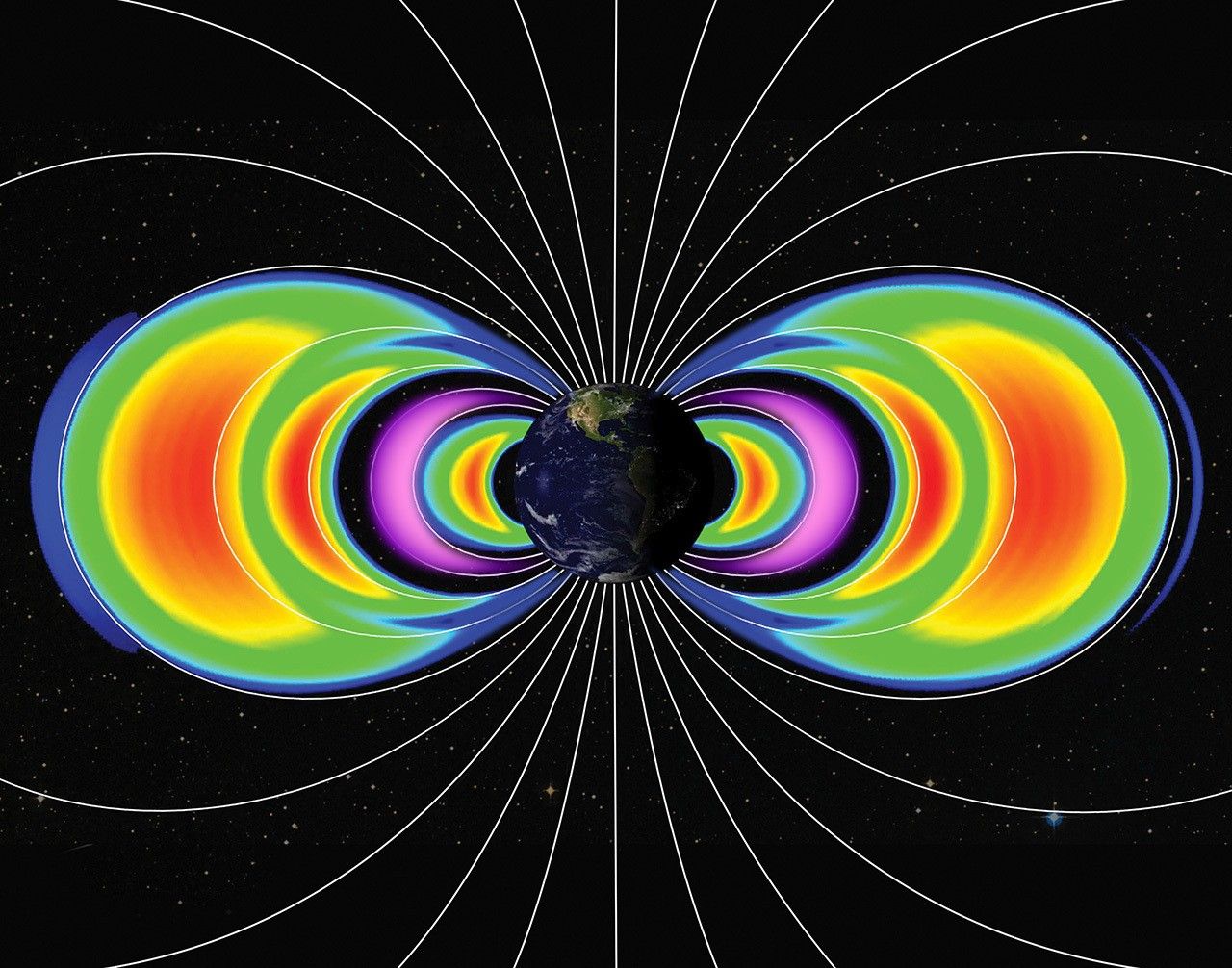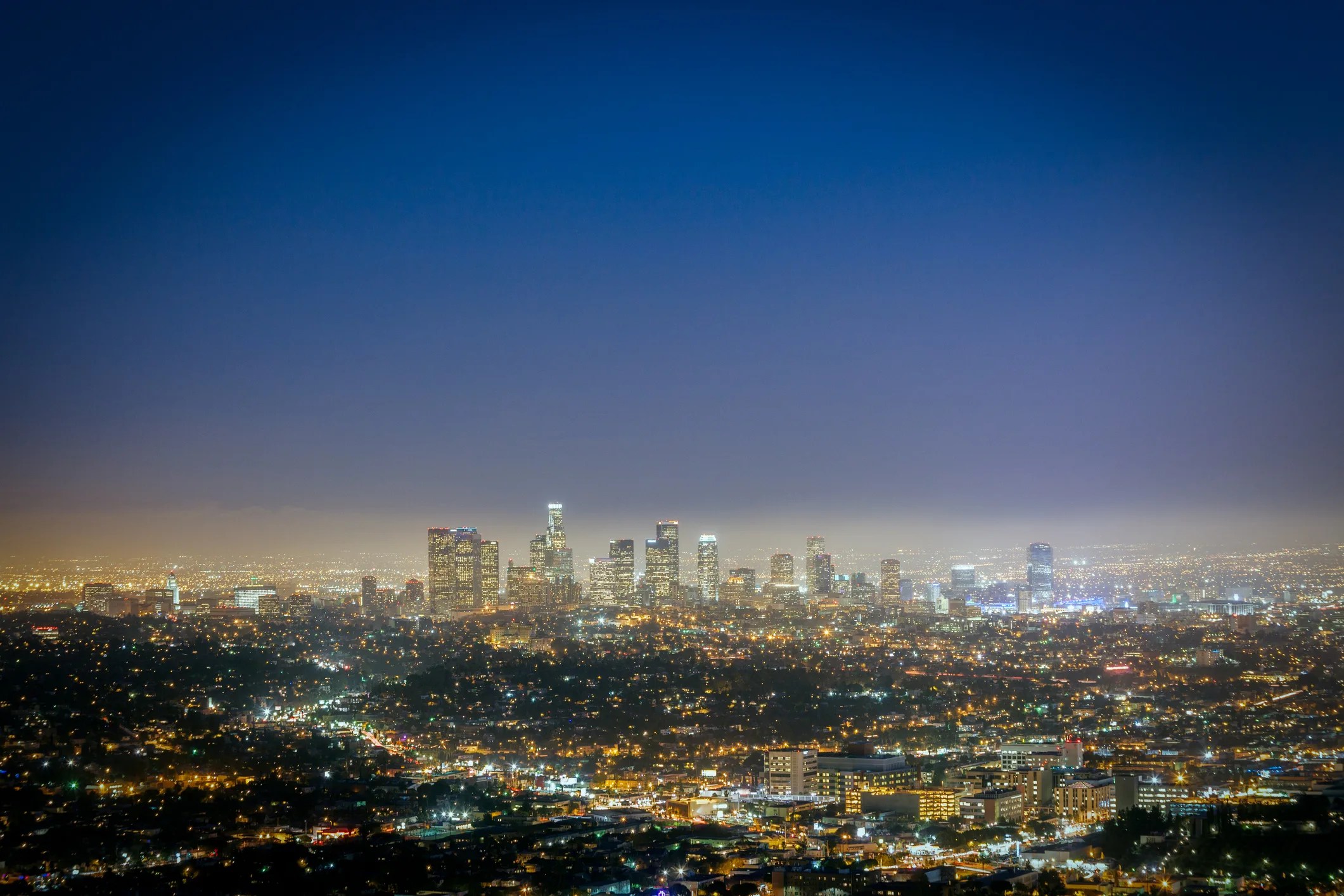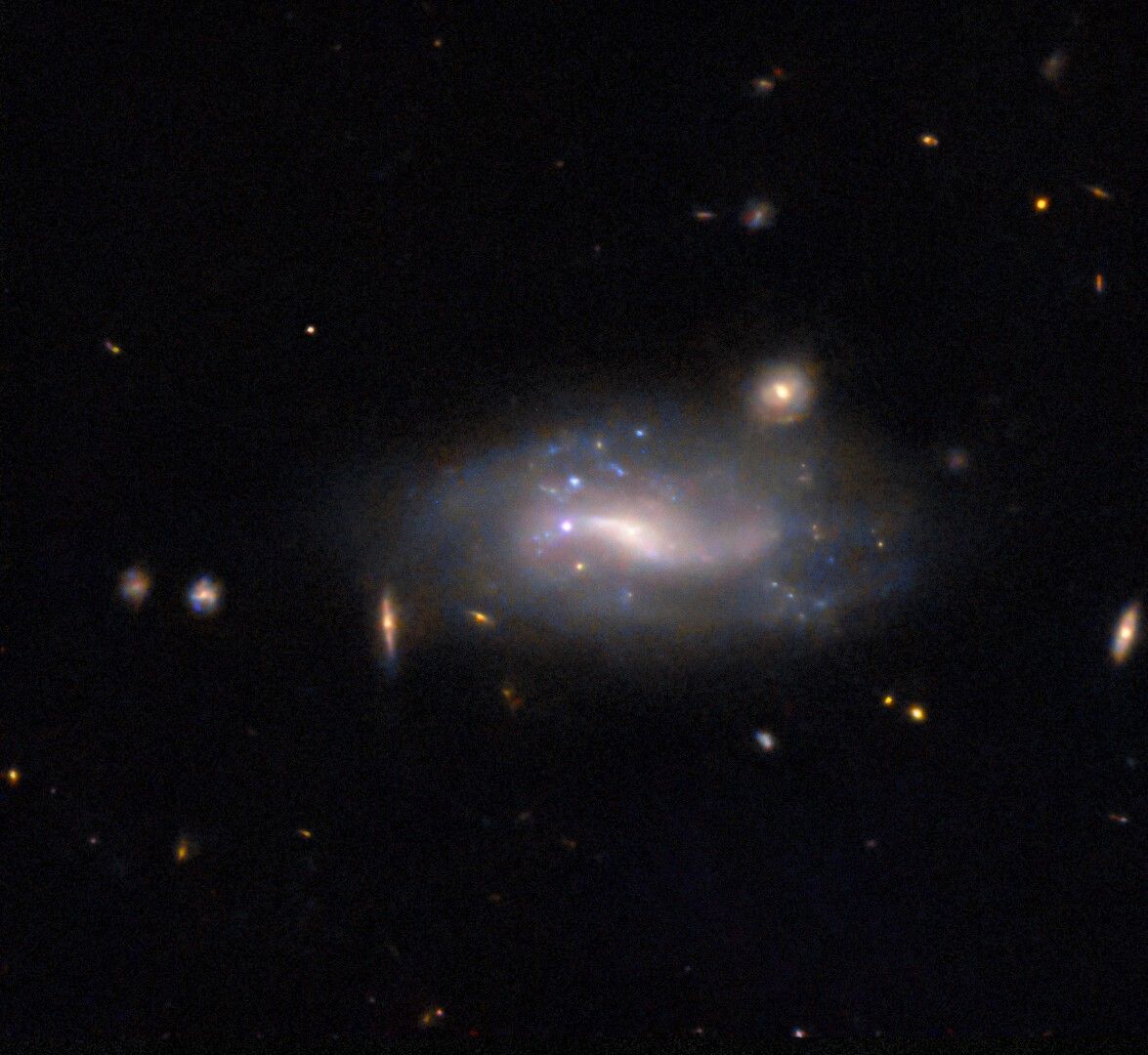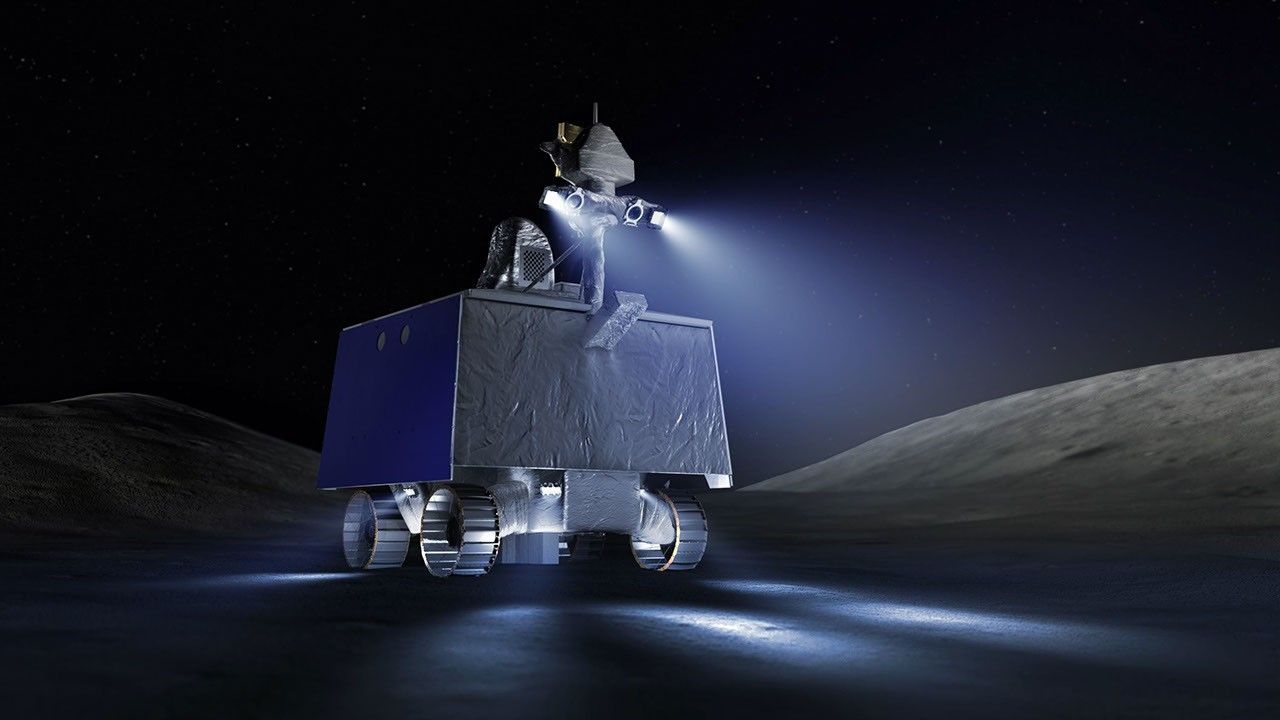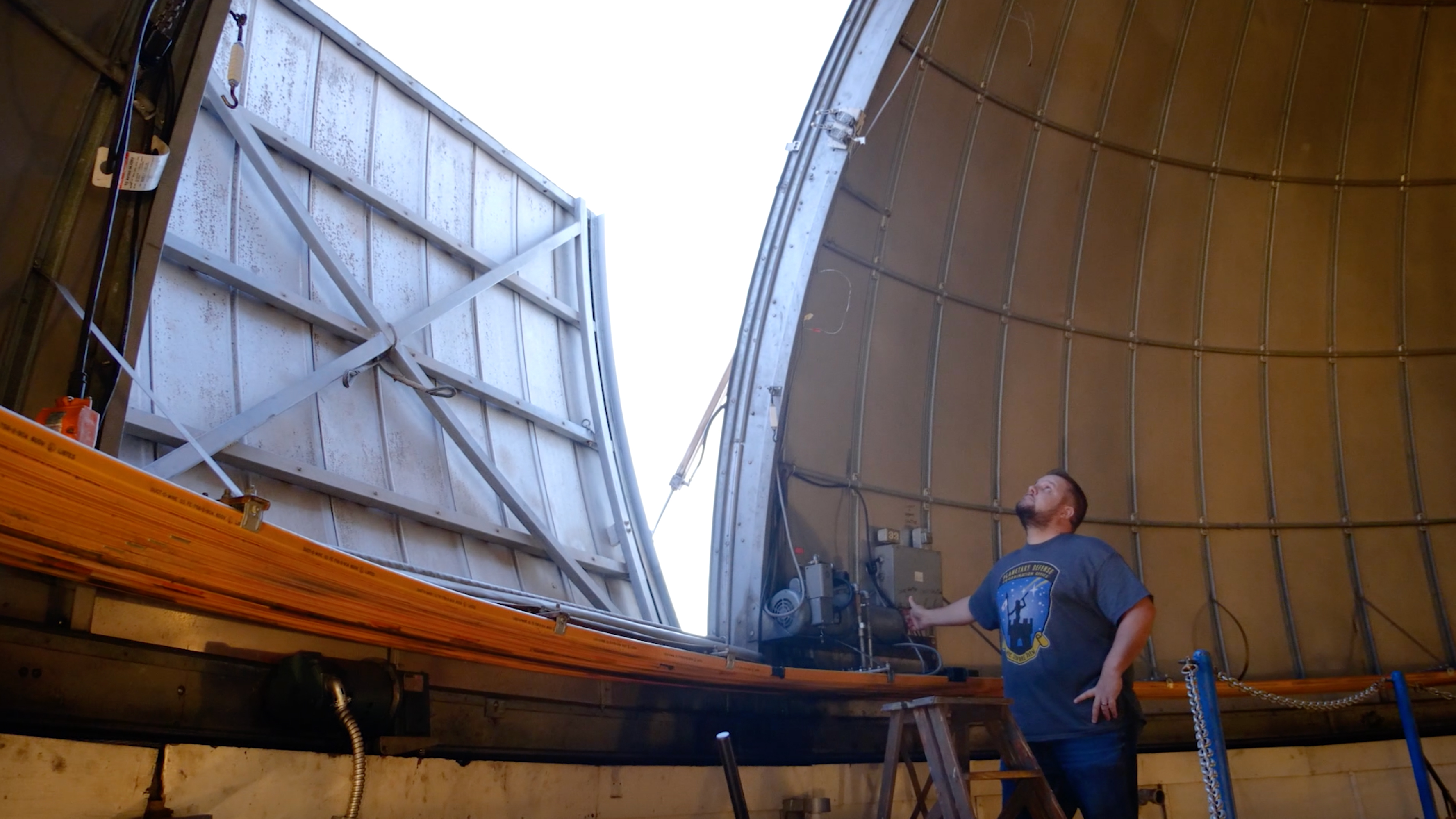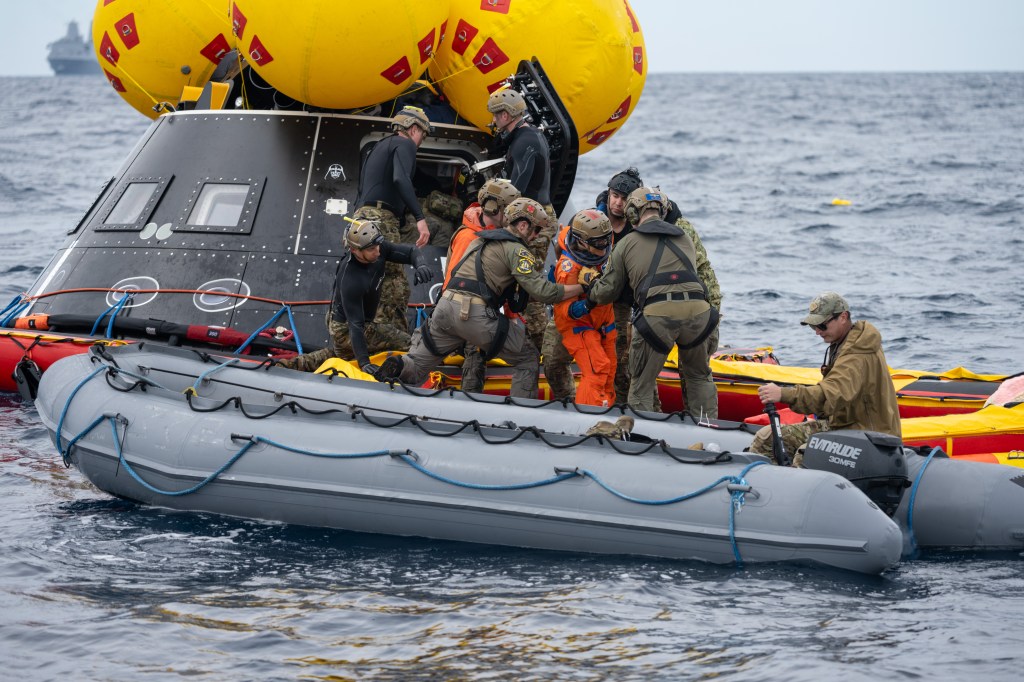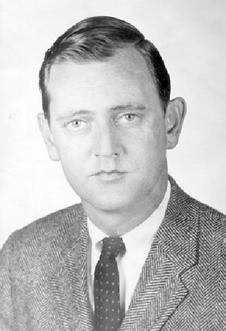
Rudy Abramson
Reporter, Los Angeles Times
Rudy Abramson was hired by The Los Angeles Times specifically to cover science from its Washington, D.C., bureau in 1966, and he did it superbly.
He immediately began more than two decades of trips to the Kennedy Space Center to report on the Apollo Program, Apollo-Soyuz Test Project, Skylab and eventually the Space Shuttle Program. However, he was not just interested in human space flight. He was most interested in people.
Like any good reporter he got to know scores of people in the program from top managers to engineers, technicians and the astronauts. His wife Joyce says she still receives Christmas cards and calls from people they knew in the area surrounding Kennedy. And like the best reporters, Joyce says, “He felt he was not just an observer but part of it.”
Probably his stories about the space program were as well read as they were because first and foremost he was a storyteller. Born in Florence, Ala., in 1937, Abramson grew up on a farm but loved reading and authors who could spin a good yarn. He chose to attend the University of Mississippi because of his admiration of novelist William Faulkner.
After graduation he went to work as a political reporter for the Nashville Tennessean. When the opportunity to join the Los Angeles Times arose, he was ready. “I loved coming to the Cape and seeing what people could accomplish,” he said.
During that same period, he covered a wide range of stories in Washington. He covered the Vietnam War policy debates, the Watergate scandal and the Nixon impeachment hearings. Despite welcome trips to cover the cutting edges of science and occasional feature stories, he tired of the Washington routine.
In the early 1980s, he began branching out in a way that satisfied his love of people and greatly influenced future generations. During his final decade with the Los Angeles Times, he completed an acclaimed biography of statesman/business tycoon W. Averell Harriman. That was followed by a return to his roots with co-editing the 1,800 page “Encyclopedia of Appalachia” with Jean Haskell of East Tennessee State University’s Center for Appalachian Studies and Services. Abramson said he intended the book “to combat the image of Appalachia as a different nation of poor people and strip mines.”
His interest in environmental protection, the Civil War and the Piedmont regions led to his role as executive director of “Protect Historic America” which successfully fought the proposed Disney theme park in Price William County and his 1996 book “Hallowed Ground.”
Another lasting legacy was co-founding the Institute for Rural Journalism and Community Issues at the University of Kentucky. He was chairman of the institute’s advisory board at the time of his death in early 2008. Still to come is the publication of the final book he was writing, a biography of Harry Caudill, the person who illuminated Appalachia’s problems for John Kennedy and Lyndon Johnson.

